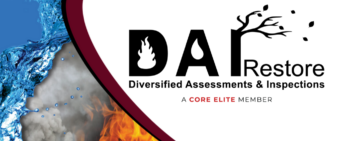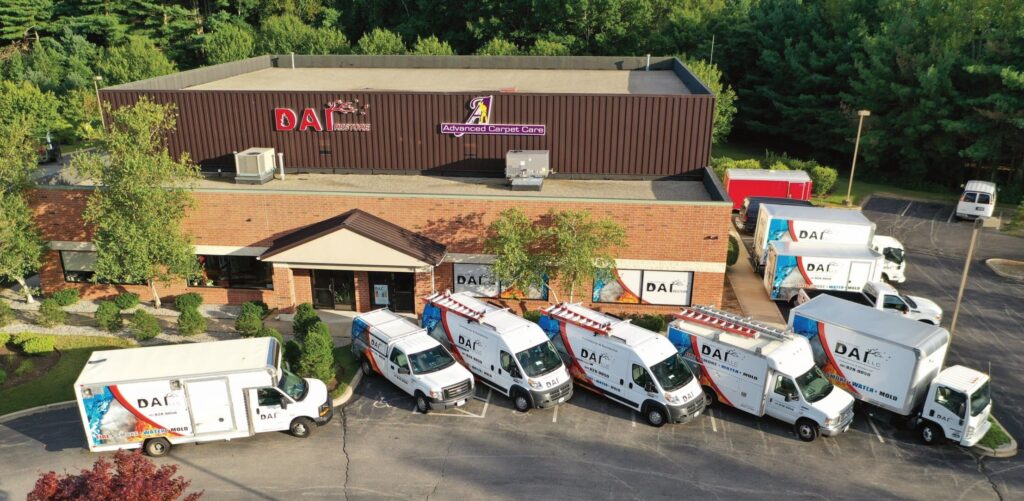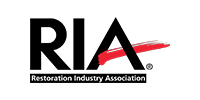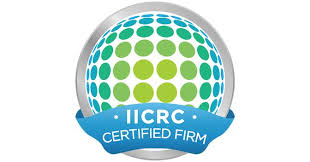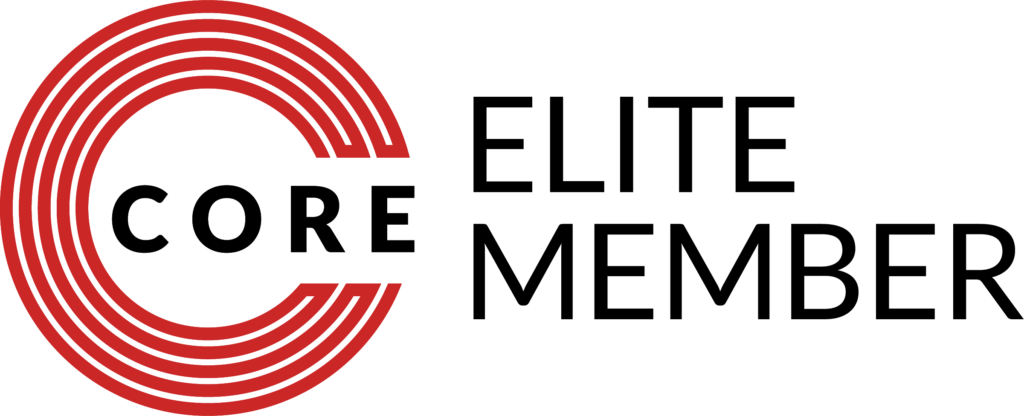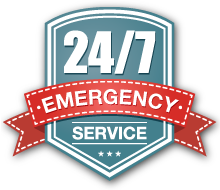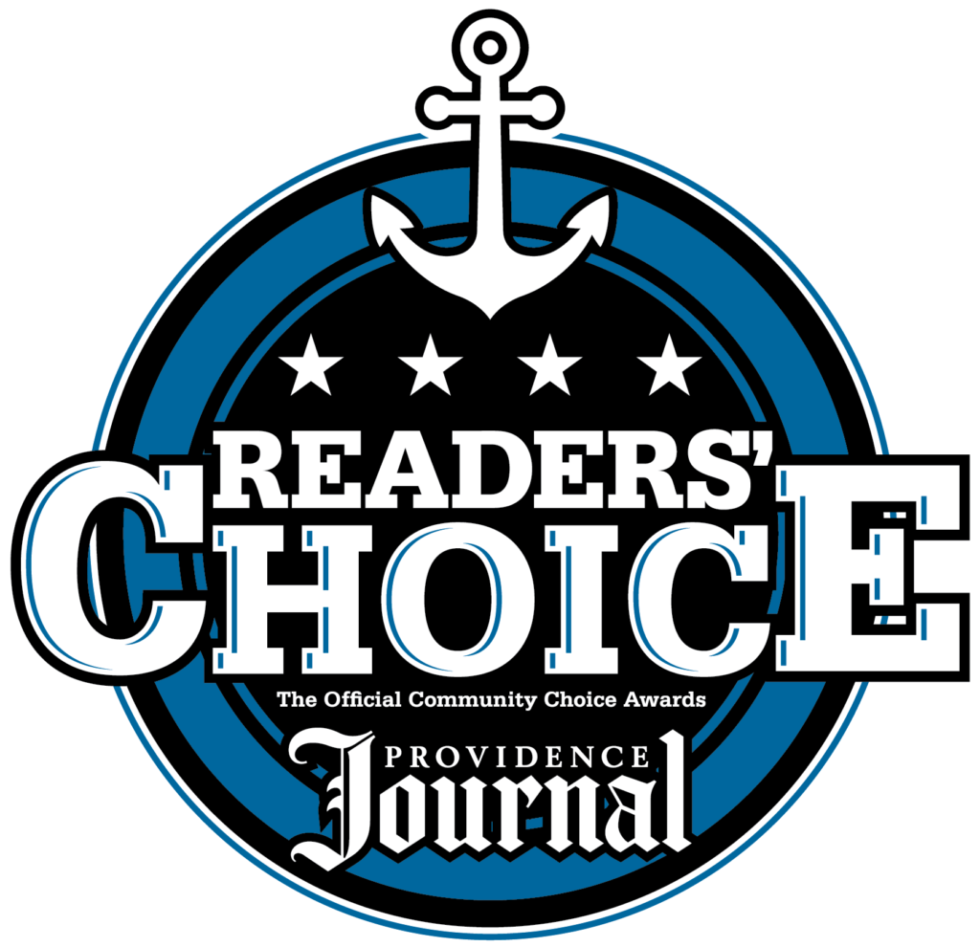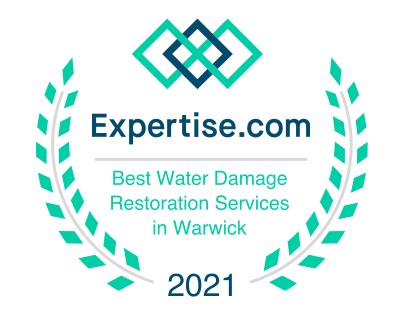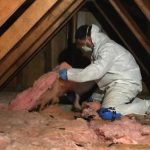
DAI is ready
to help you
Mold Damage & Removal
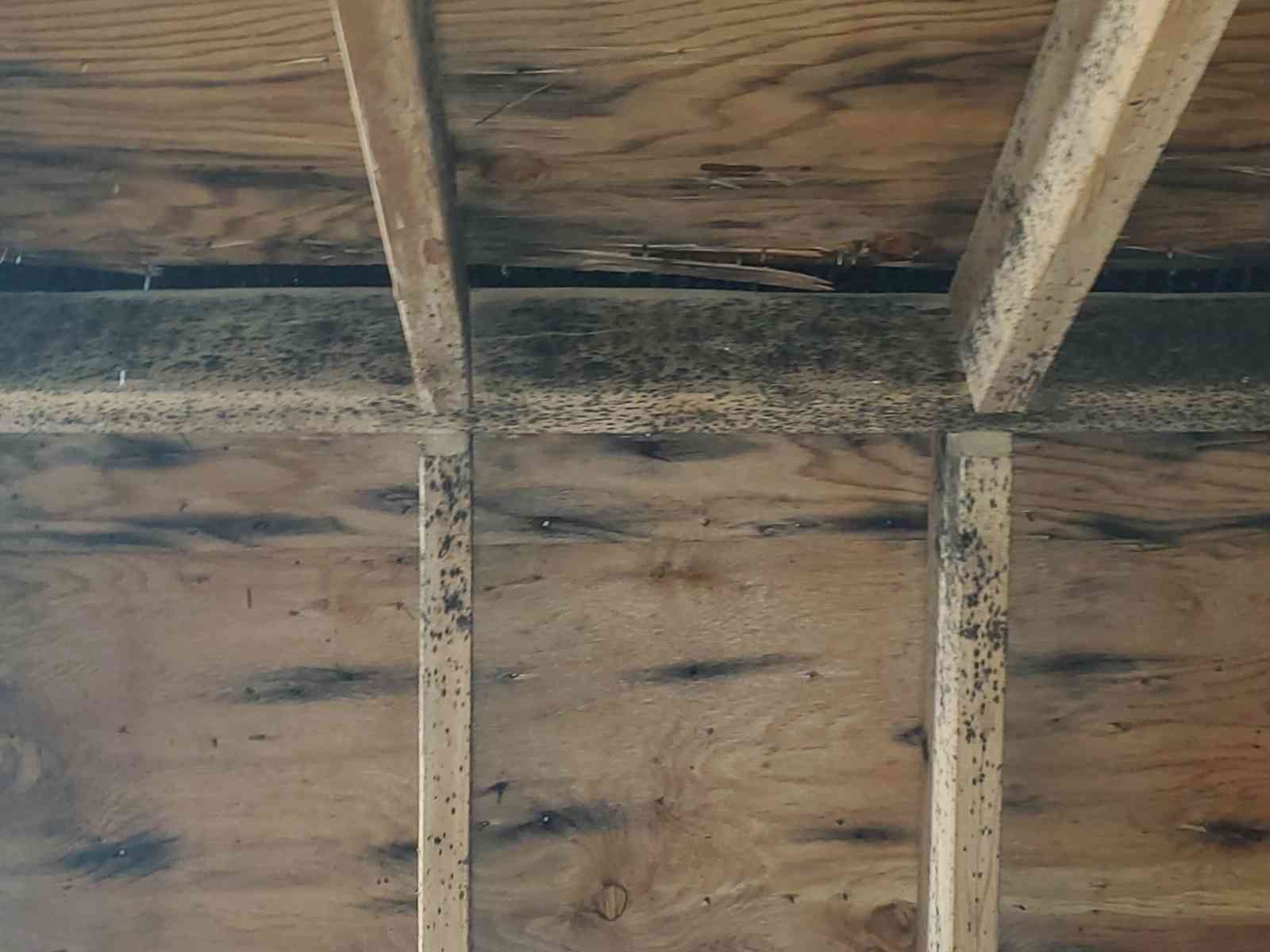
Mold found in homes can be harmful, particularly for clients that are unaware of mold growing within their property. If left untreated this silent disruption will continue to grow and spread in the correct habitat, exacerbating respiratory issues and/or allergies for occupants, especially immunocompromised individuals.
Mold remediation is more than simply washing away the visible traces; it is a controlled cleaning process, requiring a professional removal and remediation plan. DAI Restore’s licensed and certified staff of technicians are trained to follow ANSI/IICRC S520 and EPA guidelines for remediation.
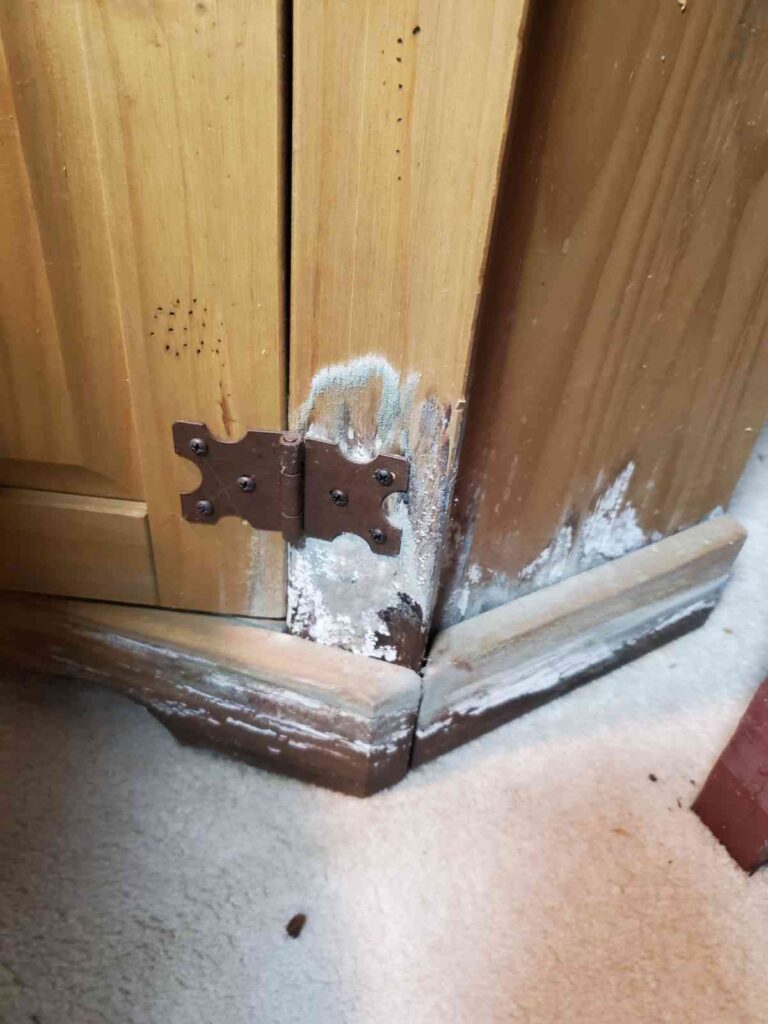
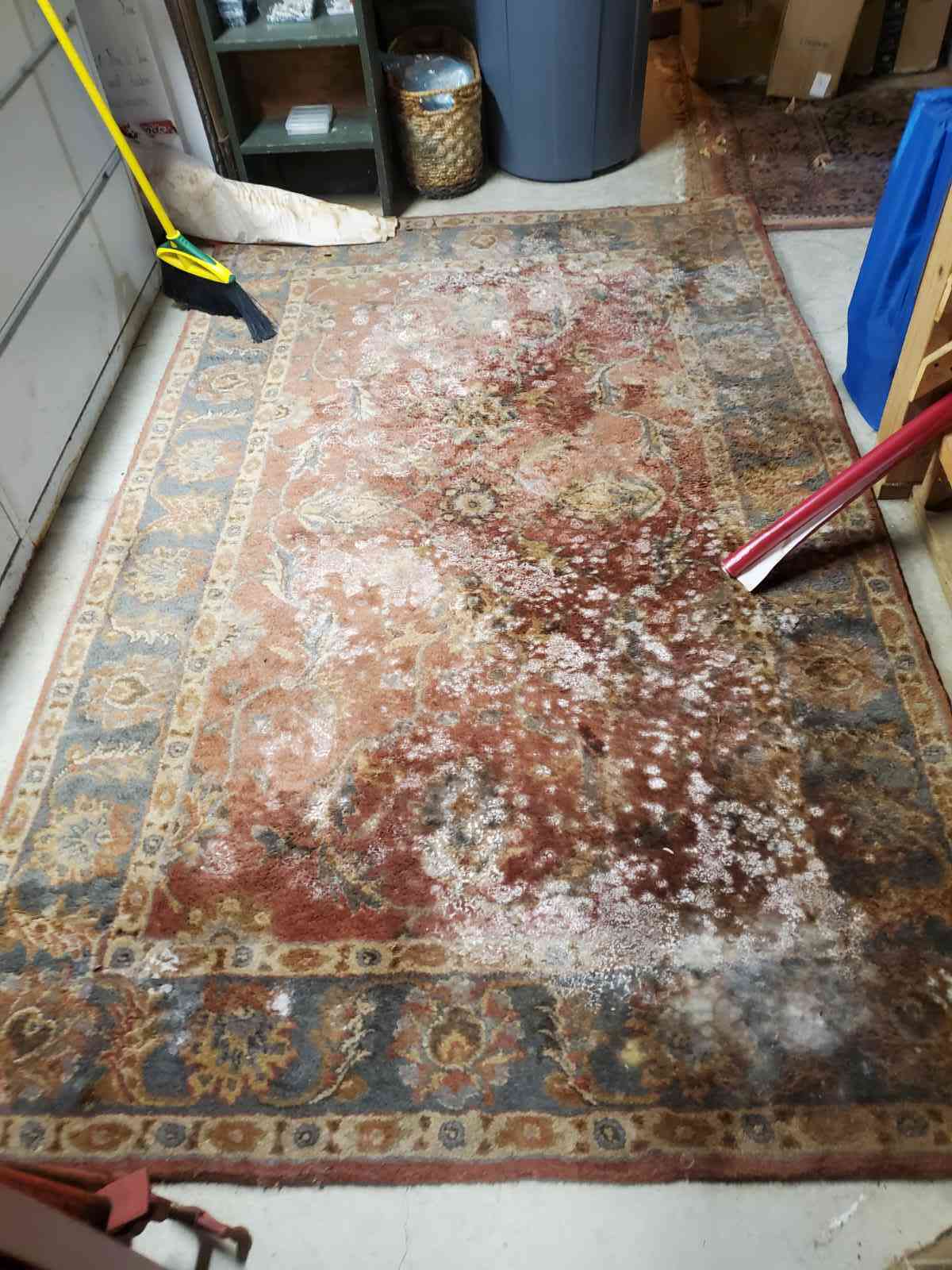
Typically, the proper job sequence for a mold remediation project includes:
A visual inspection is made to detect water intrusion and/or moisture using multiple detection tools including infrared technology for behind-the-surface readings. If mold testing is recommended or requested by the customer, air quality samples can be taken and tested by an independent, third-party industrial hygienist.
Containment is a barrier that separates the unaffected area from the affected area. It is strongly recommended for occupants to leave the structure until proper containment is established. Once containment has been erected, the structure needs to remain secure throughout the project. Breaches in containment can result in cross-contamination and failures in clearance tests.
Once containment is built, negative air pressure (i.e. a vacuum) is established by setting up air scrubbers inside the containment. The negative air pressure allows our team to remove particles from the affected area without contaminating the unaffected clean area.
Before cleaning, restoration, or preservation actions are taken, an inspection for pre-existing damage is done on any contents. All potentially contaminated contents are to be contained (e.g. bagged or wrapped) before being moved to avoid cross-contamination. Not all contents or materials can be saved. Unsalvageable, porous materials are to be removed and discarded, as they are apt to create a recurrence of mold growth.
All visible traces of mold will be removed by HEPA vacuuming and damp-wiping all surfaces. An antimicrobial or biocidal spray is then applied, and a wet-wipe method is used on all surfaces. All cleaning is completed within the mold containment. All cleaning is completed within the mold containment.
Remediation is not complete without a thorough drying process. Proper drying will be completed using air movers and dehumidifiers, while moisture-meters will be used to monitor whether the materials are drying successfully. The areas must be thoroughly dried to stop recurring growth.
This is our remediation evaluation and repair. It is also recommended that an air-quality test is conducted by a third-party to ensure the cleaning protocol was followed and effective.
MOLD DAMAGE FAQ’s
DAI Restore’s licensed, certified staff of technicians are trained to follow ANSI/IICRD S520 and EPA guidelines for remediation.
Molds can grow on practically any substance or material, as long as there is a presence of moisture, oxygen, and an organic source to consume. Because of their small size, mold spores can grow [undetected] anywhere there is air: inside wall cavities, under carpet, under cabinets… practically everywhere. Even on non-porous materials, mold can grow on dust and dirt that has built-up on these surfaces.
The most common molds found indoors are Stachybotrys (“black” mold), Penicillium, Aspergillus, Cladosporium, and Alternaria.
Mold requires moisture to grow. While mold spores and fragments are in all areas of our environment, they cannot become active without a water source; therefore, every water loss has the potential to become a mold remediation project.
Mold can grow as fast as the affected areas allows it to be depending on the relative humidity and the porous material found in the affected areas which allows a food source for the fungus and bacteria to feed off. When a property has started showing signs of microbial damage, it is imperative to act quickly. Timely intervention ensures the remediation process will reduce long-term risks to the property and improve overall air quality.
Mold testing and inspection prior to remediation provides the property owner with a better understanding of the problem and remediation plan, while also creating a baseline for any post-remediation testing. Testing should be completed by a third party so the industrial hygienist can verify that the cleaning standards and process was completed accurately and efficiently.
A vacuum is created using an Air Filtration device measured for the proper air changes per hour in the contained area. These machines have attached ducting to filter out contaminated air into a three stage HEPA filter and circulate air in the containment.
It is a common assumption that mold is not present in the home unless it is visible, yet most of the hazardous spores from mold are invisible in the air. Due to this, the most reliable way to detect the presence of mold is to contact an industrial hygienist or a remediation professional to perform a visible inspection and create a scope of work for remediation.
No. It is a common assumption that bleach can kill mold, but this is an absolute misconception. Using bleach to clean mold can actually cause the mold to regrow and spread even faster.
Painting over mold staining is a bad idea – the mold will reappear because it has the ability to eat through the coating of paint that has been applied. It will not kill the mold growing inside of your home.
